For half a century the 3 Series has been BMW’s heartbeat—the car that pays the rent in Munich and sets the brand’s dynamic agenda. More than 20 million of them have found homes since the original E21 bowed in 1975, making the 3er not just BMW’s best-seller but the single most popular premium car on the planet. In a typical year the 3 Series family still delivers about 30 percent of all BMW sales worldwide, an astonishing share for a single model line in today’s fragmented market.
Add the X3—a 3 Series in hiking boots—and the picture gets even brighter. In 2023 the X3 actually edged out the sedan to become BMW’s top individual nameplate, racking up well over 350,000 units on its own. Viewed together, the 3 Series and X3 regularly account for close to half of BMW’s global volume, underwriting everything from carbon-fiber M cars to Neue Klasse EV research. In other words, if the 3 Series is BMW’s heart, the X3 is its second lung—remove either, and the whole organism struggles to breathe.
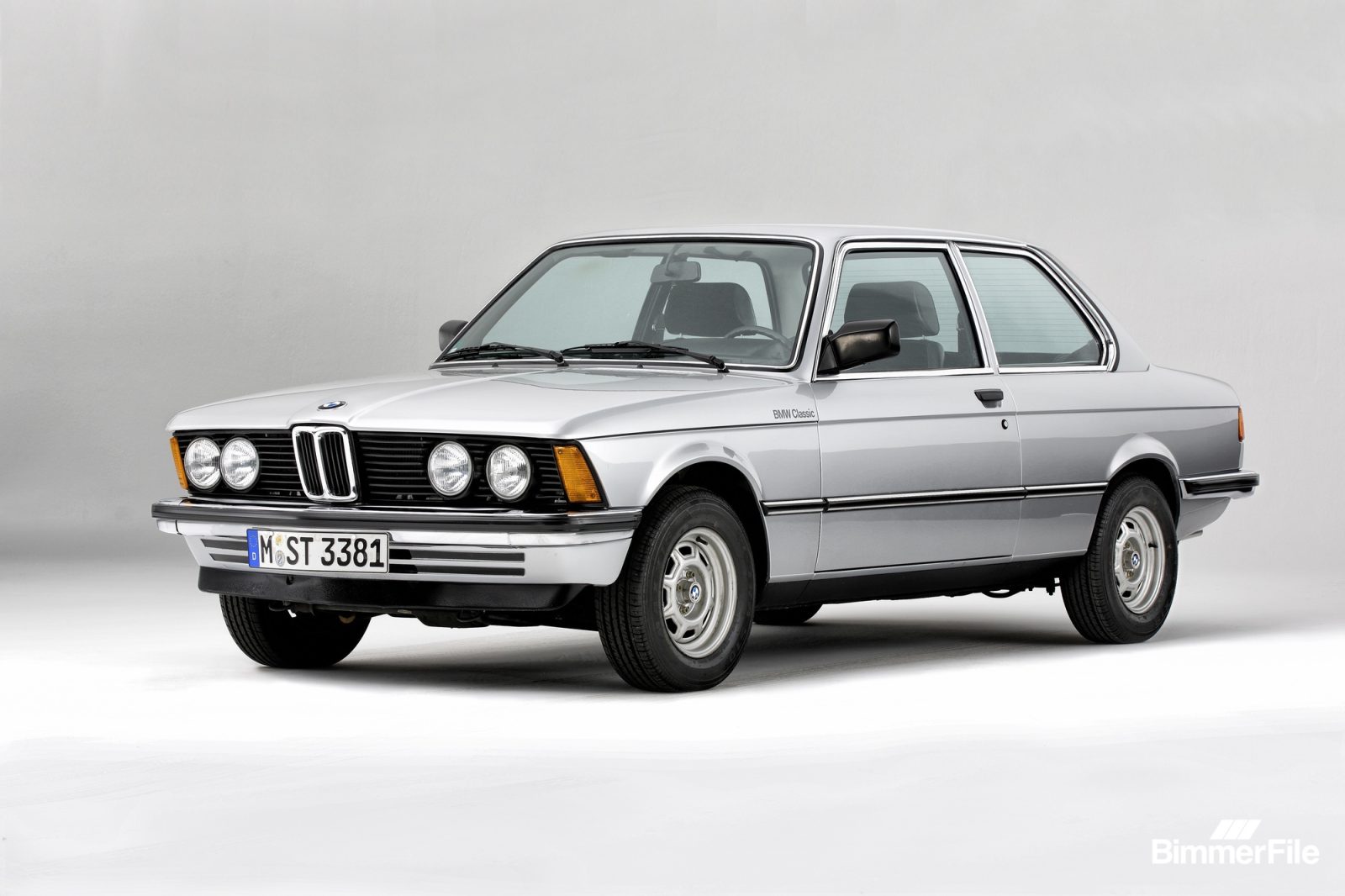
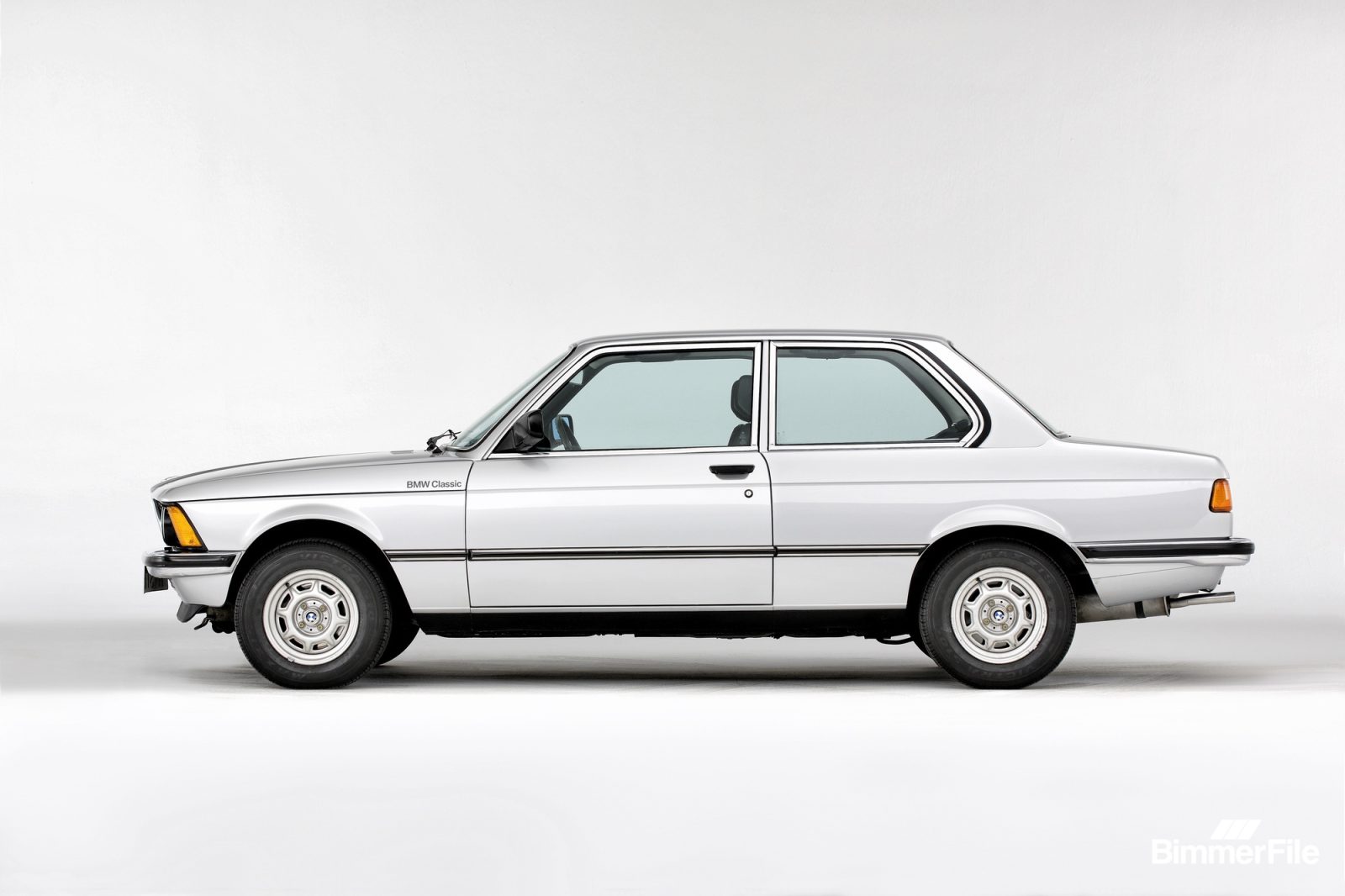
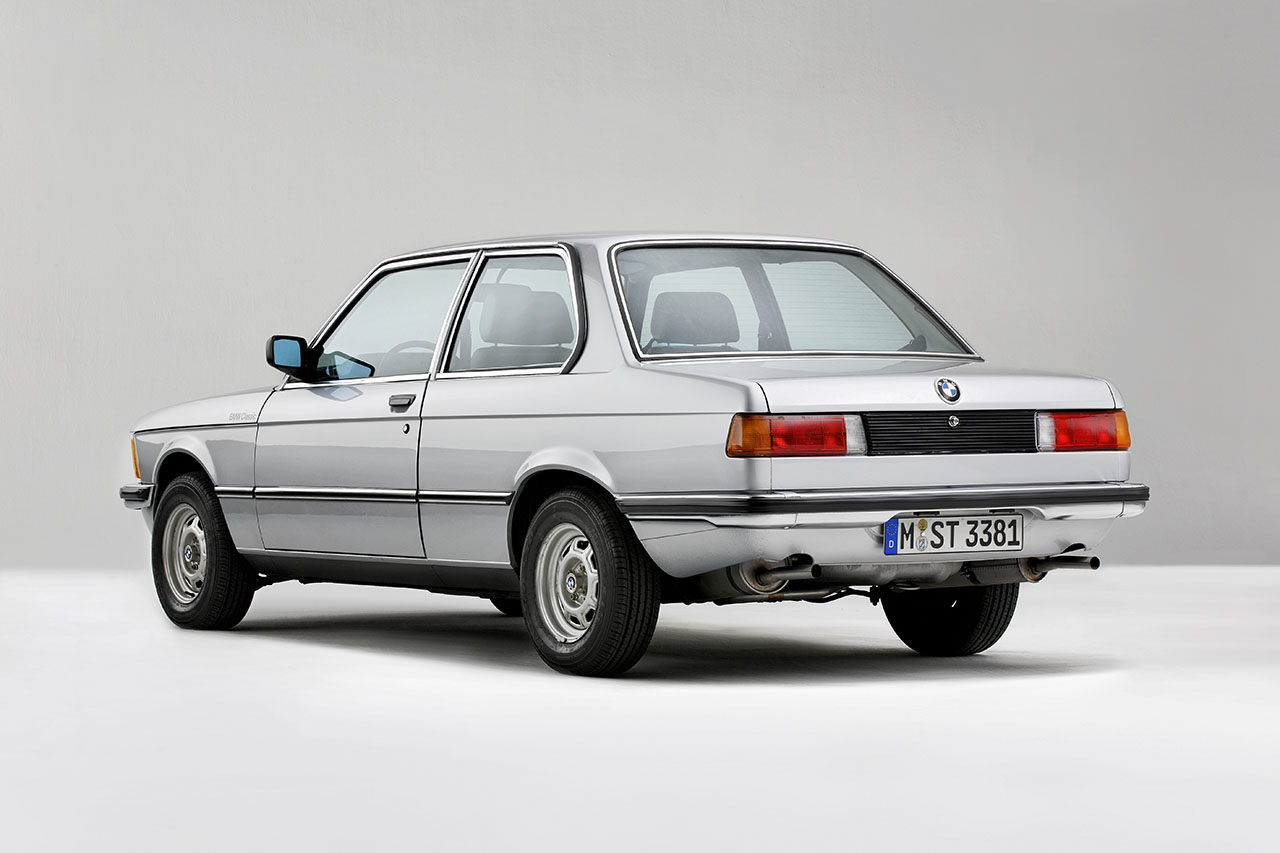
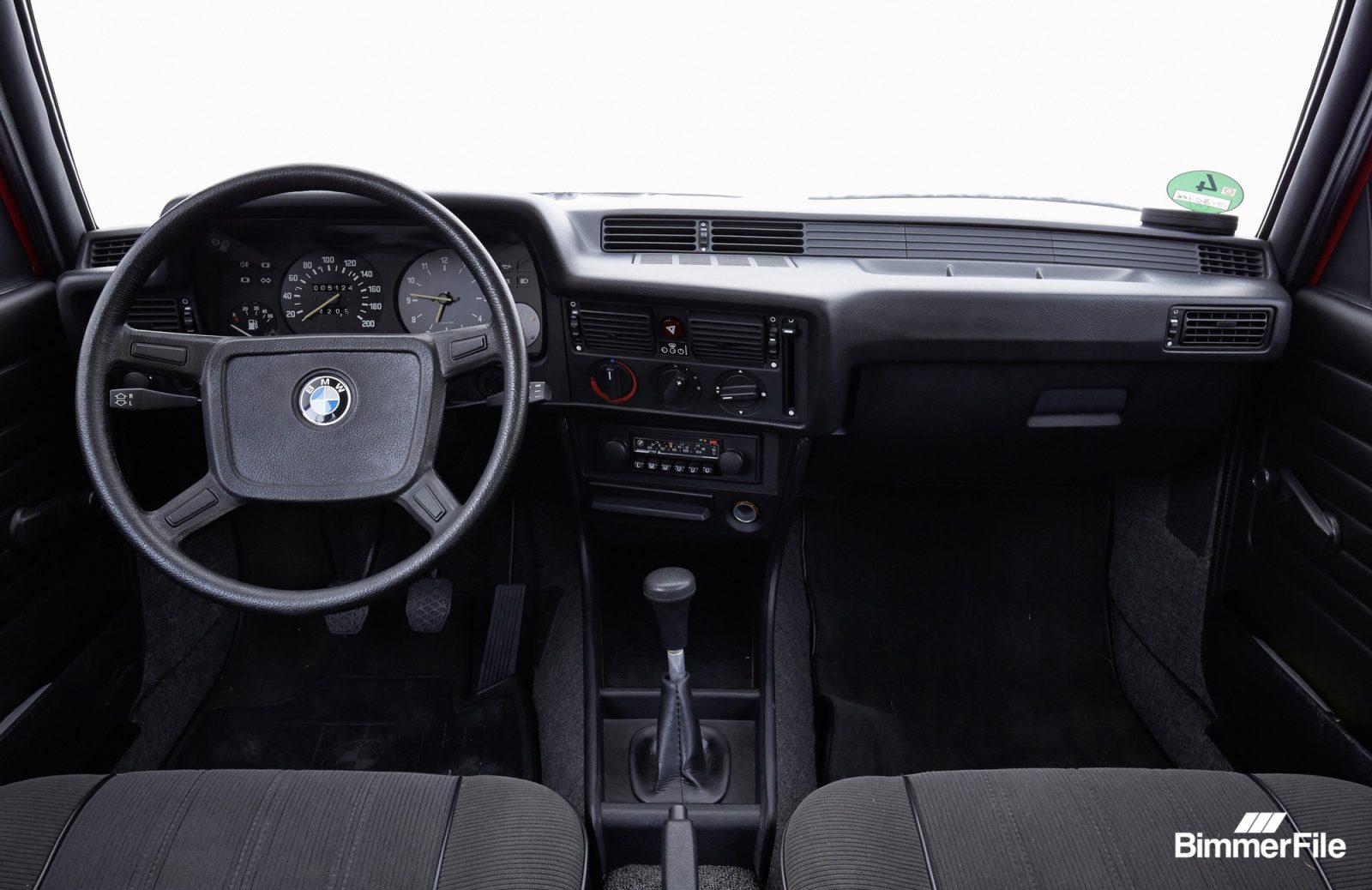
The 3 Series has powered BMW—and car fans—since its debut at the 1975 Frankfurt show. The first-gen E21 took the nimble spirit of the 2002, added an available straight-six, rear-wheel drive, and crisp steering, and instantly redefined what a “driver’s car” could be.
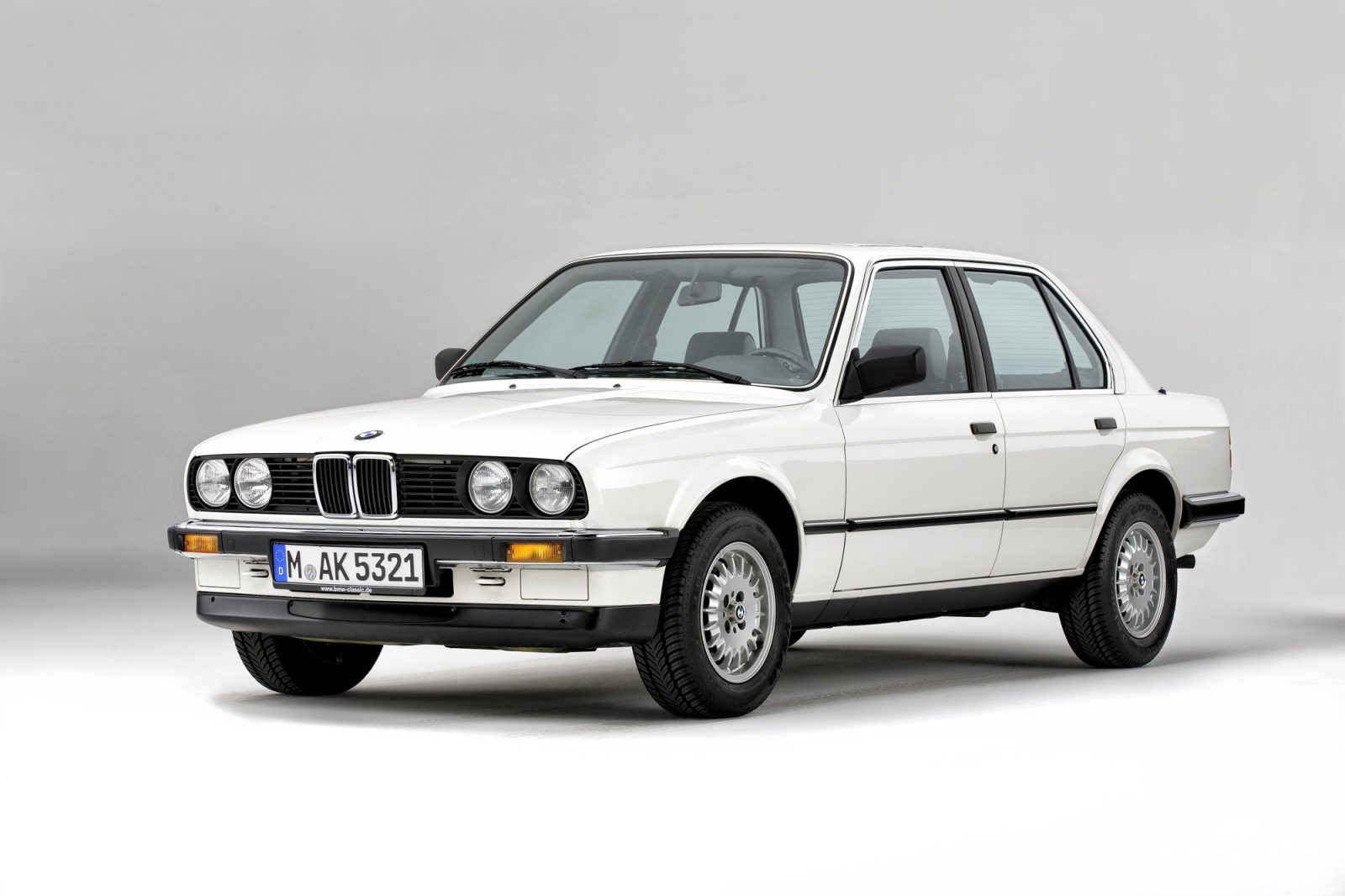
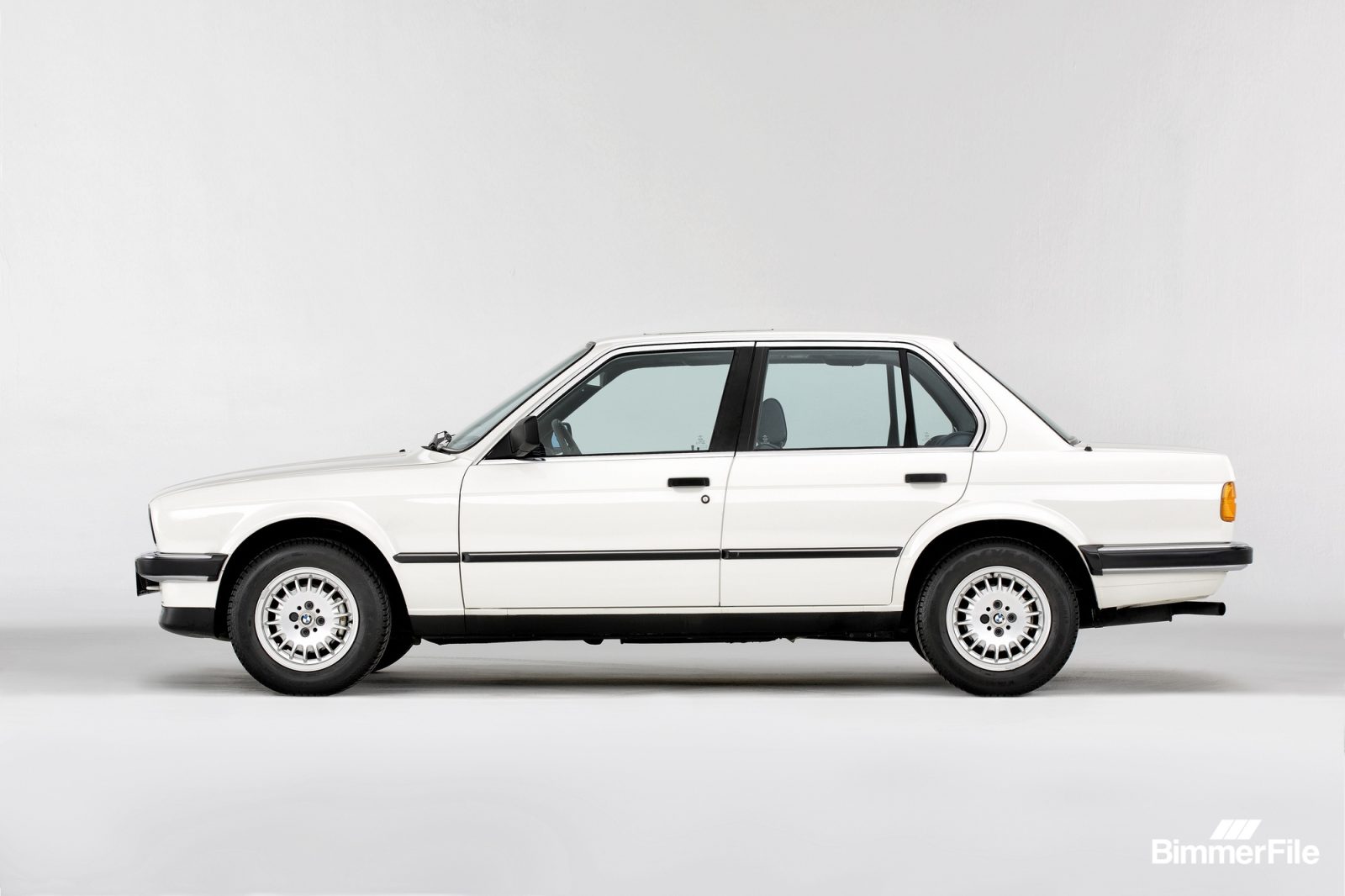
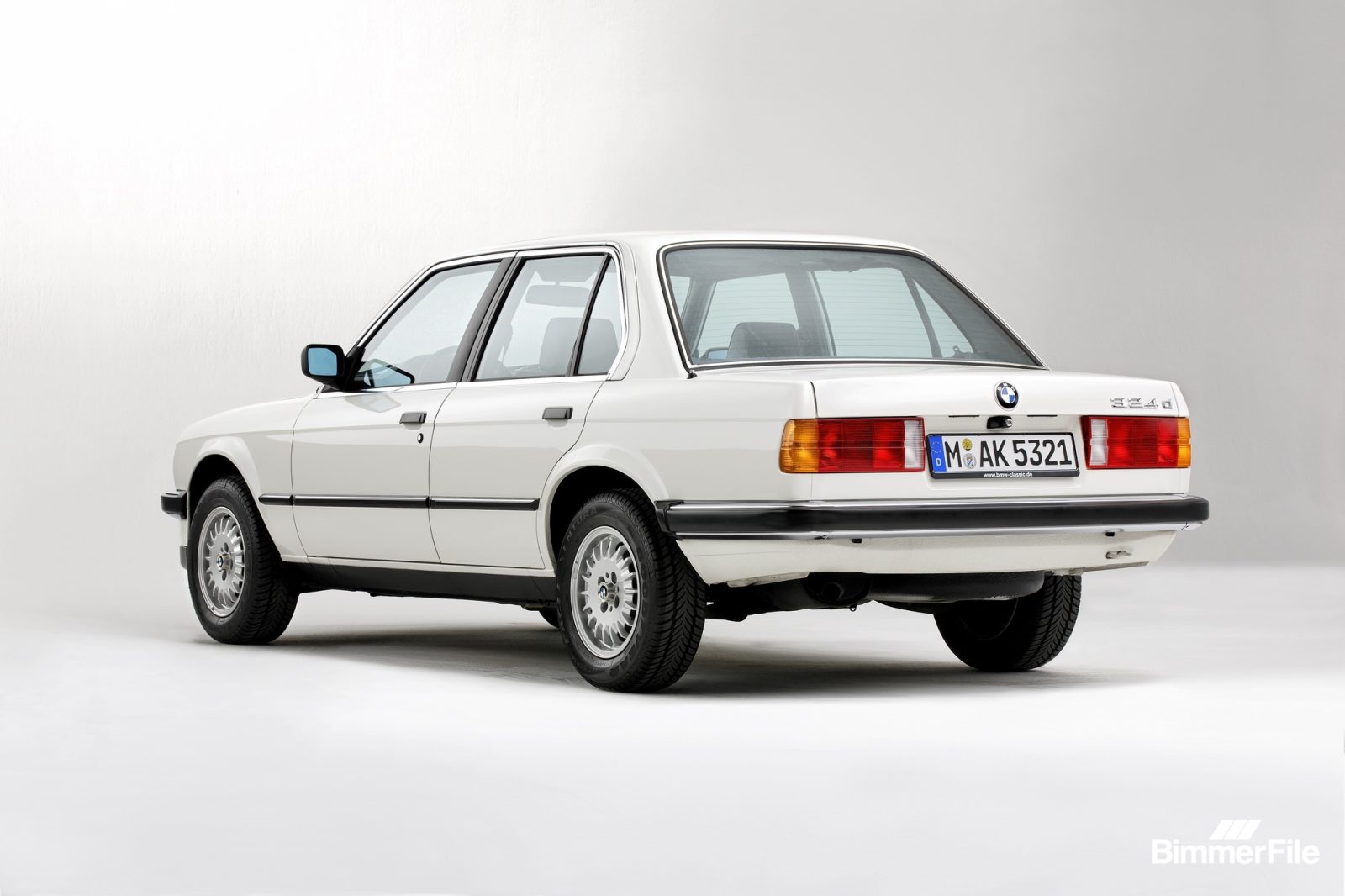
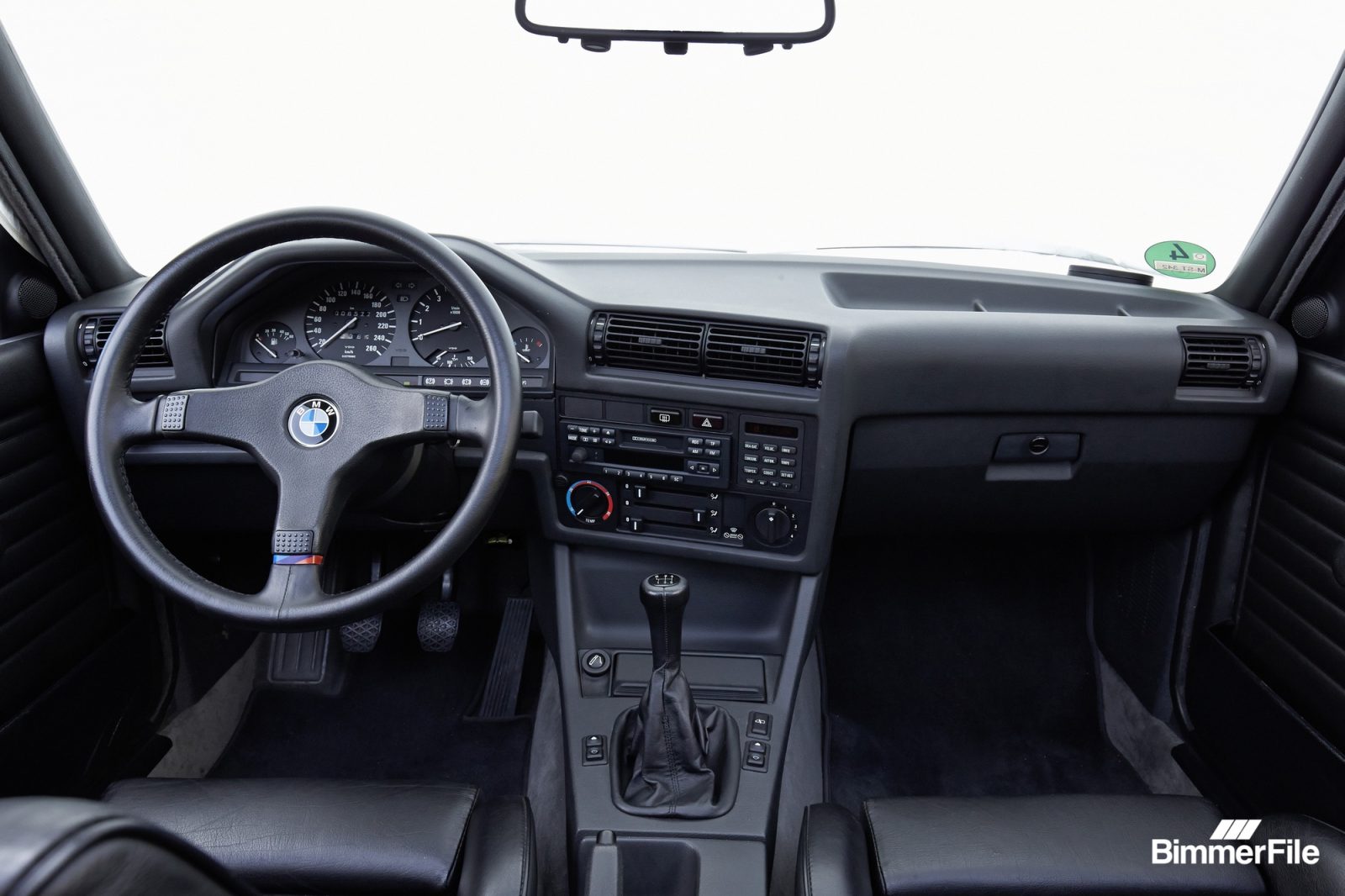
By the 1982 E30, BMW had learned how to give buyers choice. Four doors? Sure. All-wheel drive 325ix? Yep. A factory cabrio, a Touring wagon, and of course the original M3, whose 2.3-liter four helped it grab touring-car titles around the world. The 3 Series was no longer one model—it was a full lineup, all still laser-focused on handling and feedback.
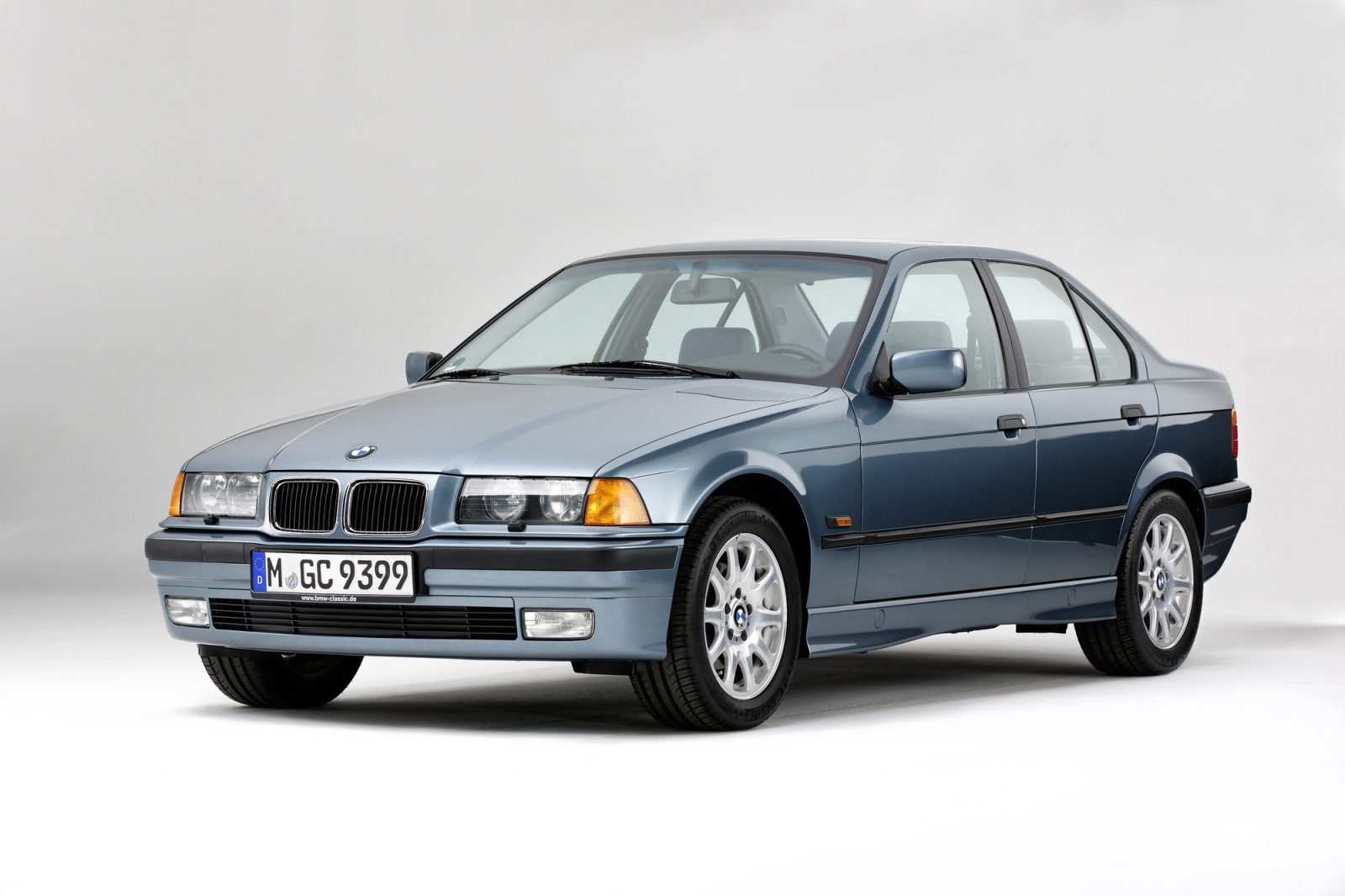
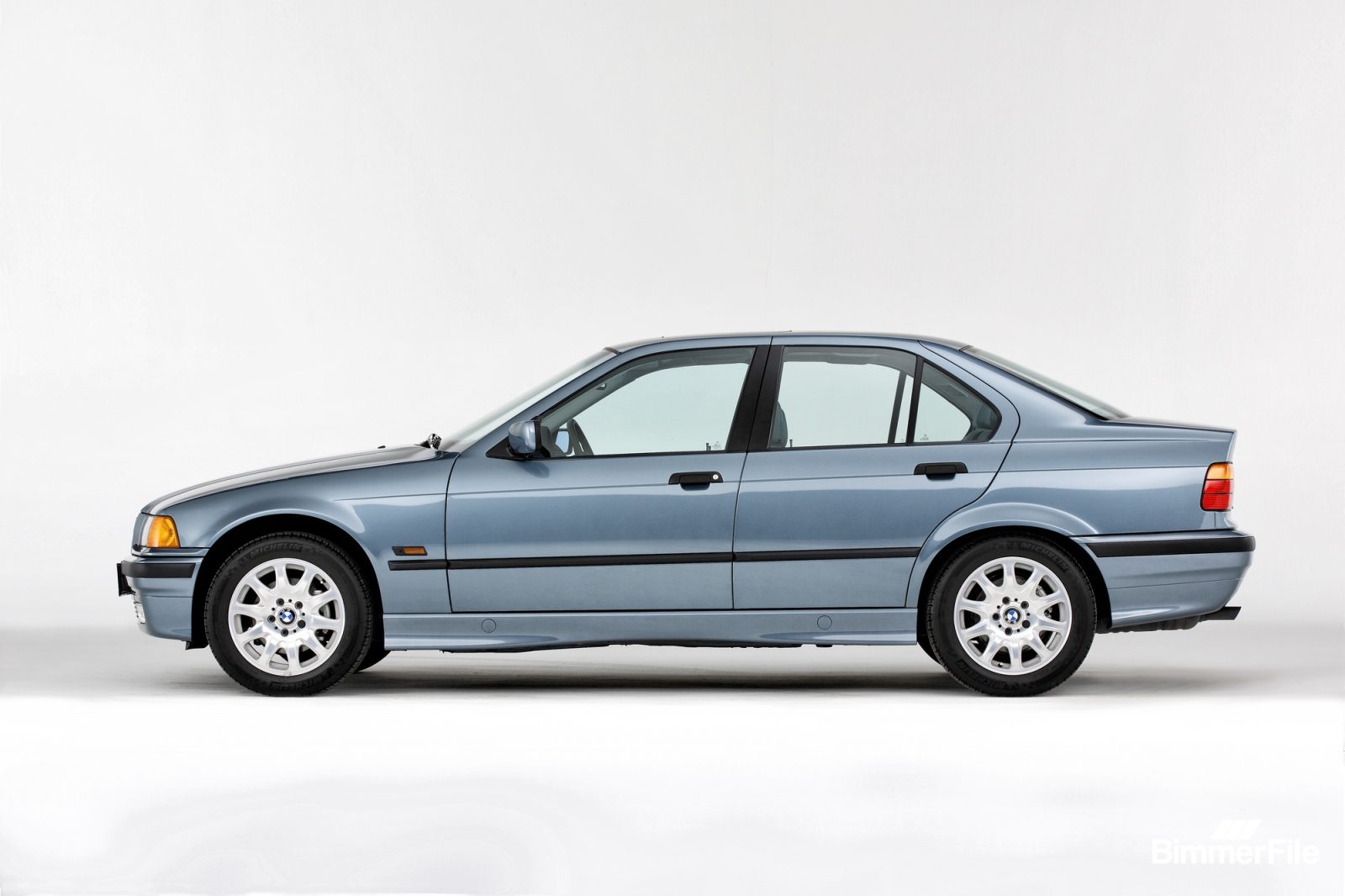
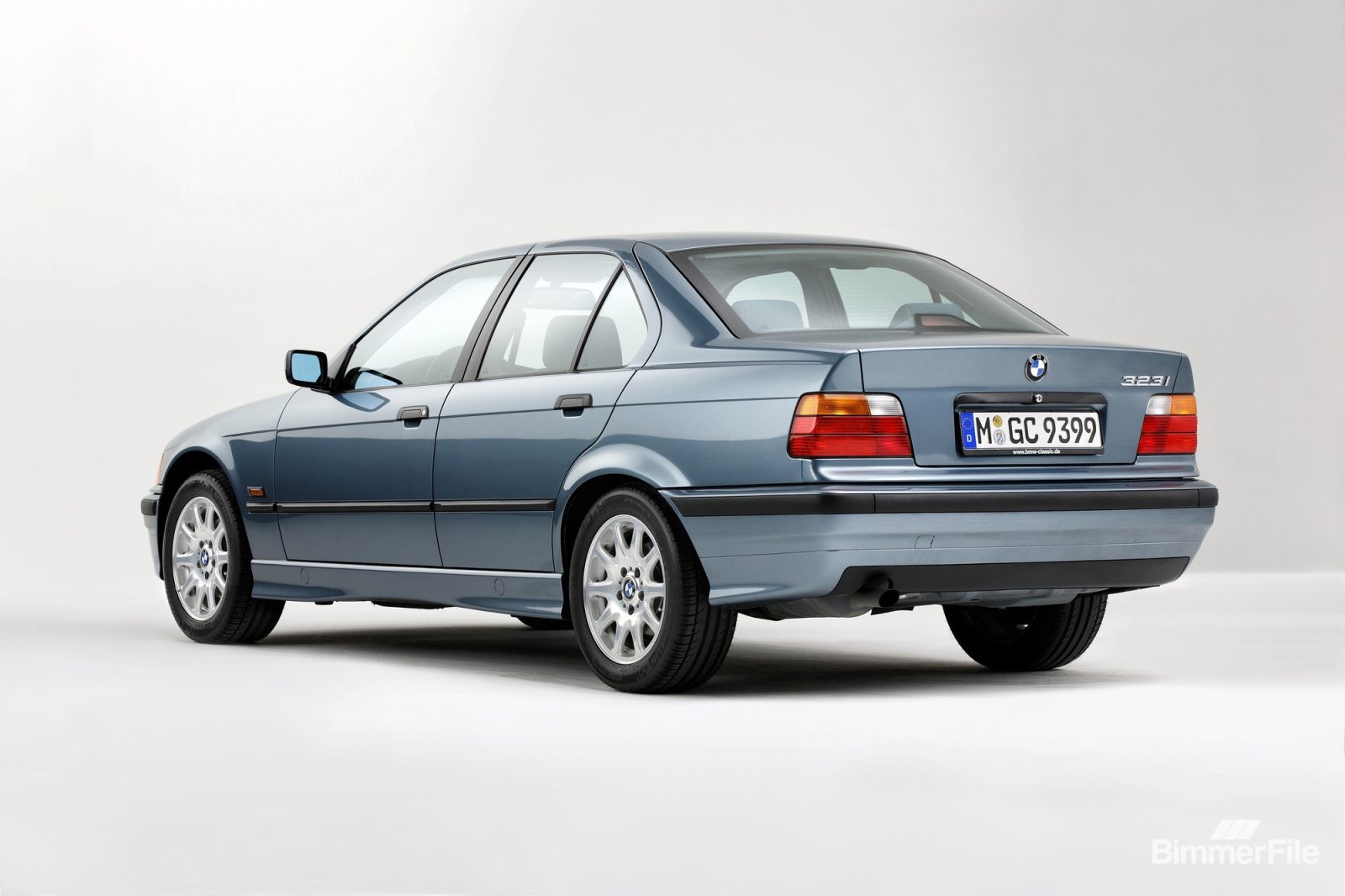
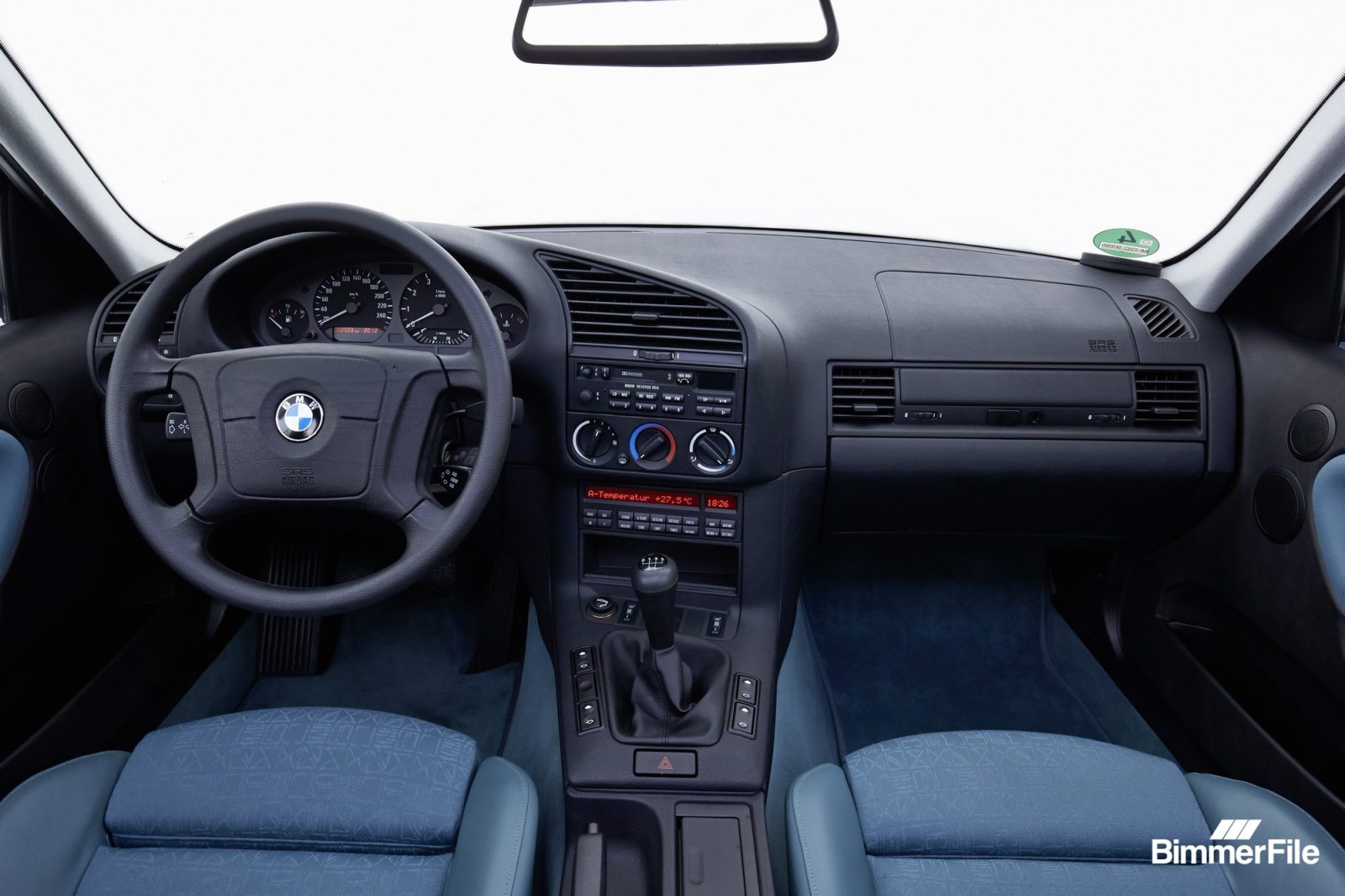
The 1990 E36 moved the game on again. A new multi-link rear suspension stuck the car to the road, while VANOS variable timing let the straight-sixes breathe better and rev harder. The body grew up, but drag went down, and the pillar-less Coupé still turns heads at Cars & Coffee.
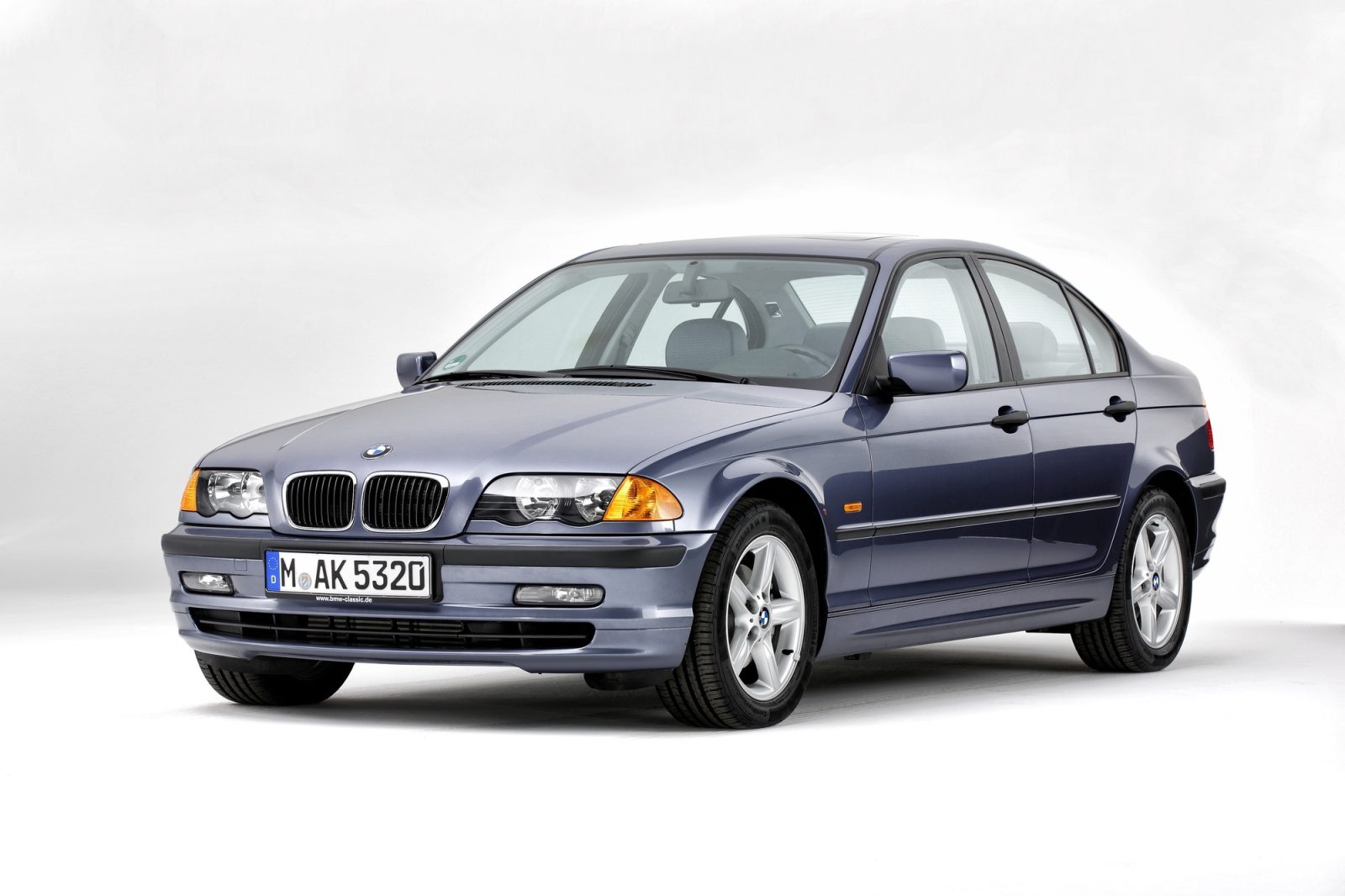
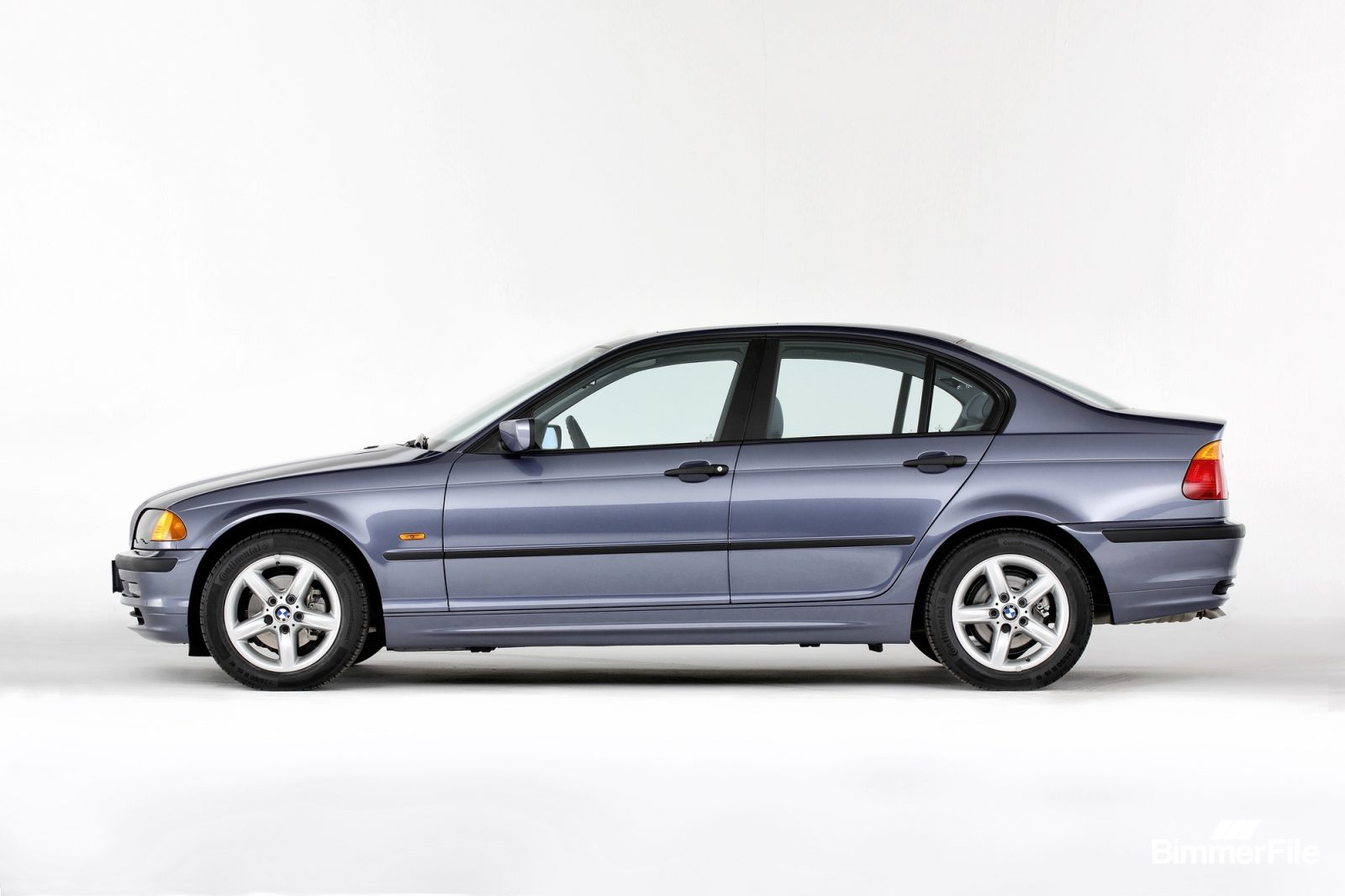

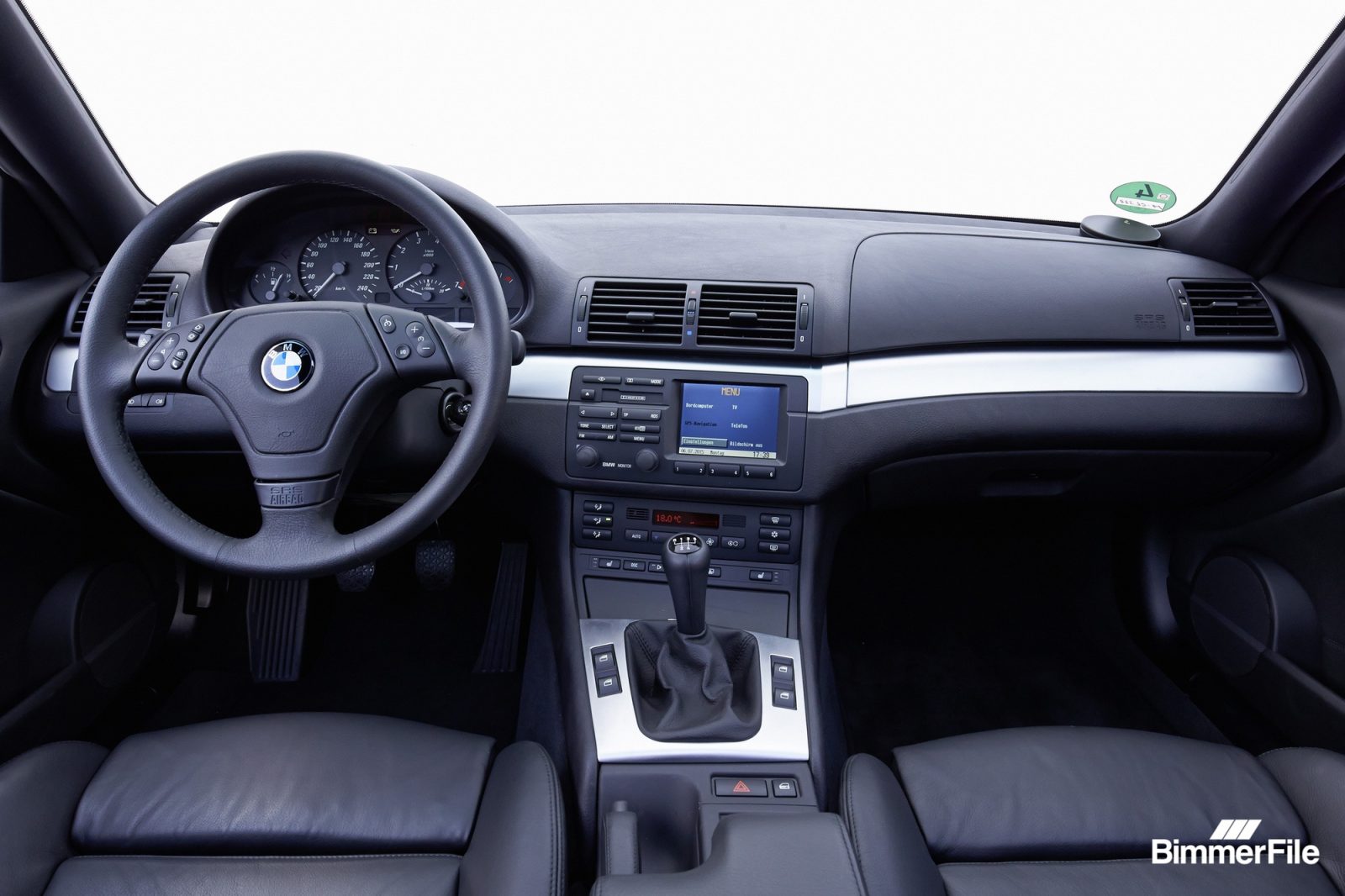
Chris Bangle’s 1998 E46 balanced style and substance. Lightweight aluminum parts trimmed fat; DSC kept you pointed the right way. Engine choices ranged from fuel-sipping diesels to the legendary high-revving S54 in the M3—an engine still talked about in hushed tones by enthusiasts.
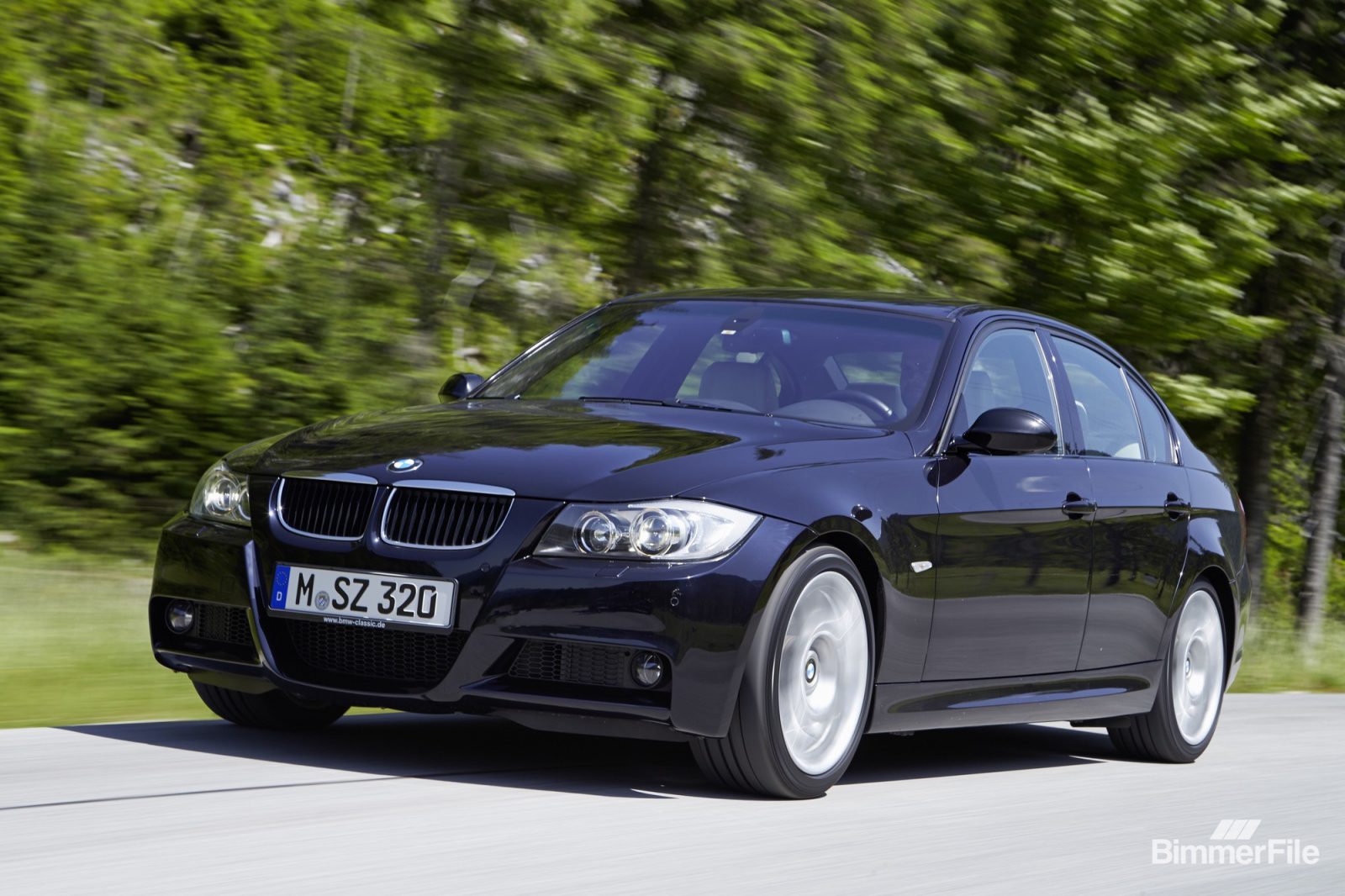
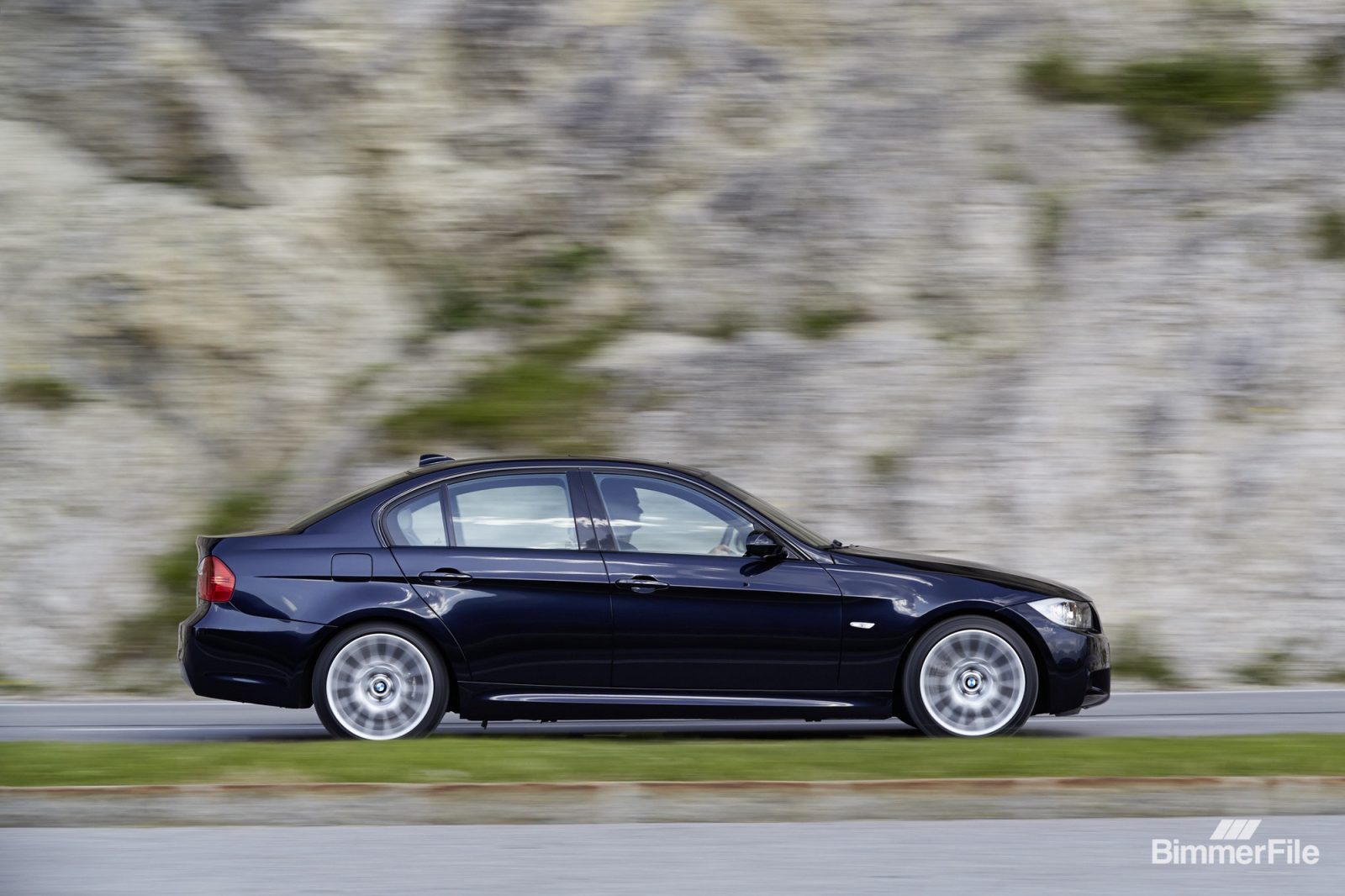
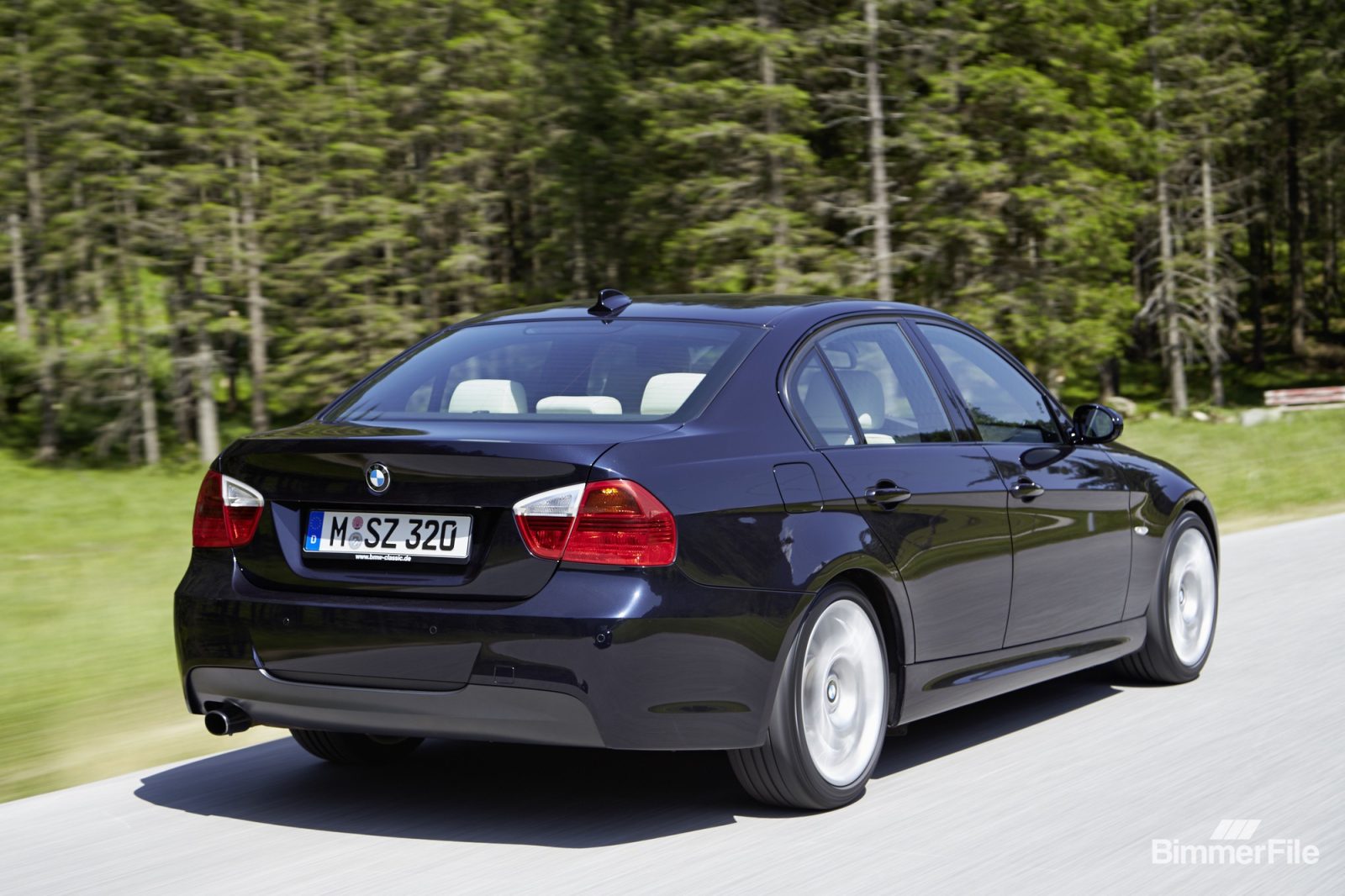
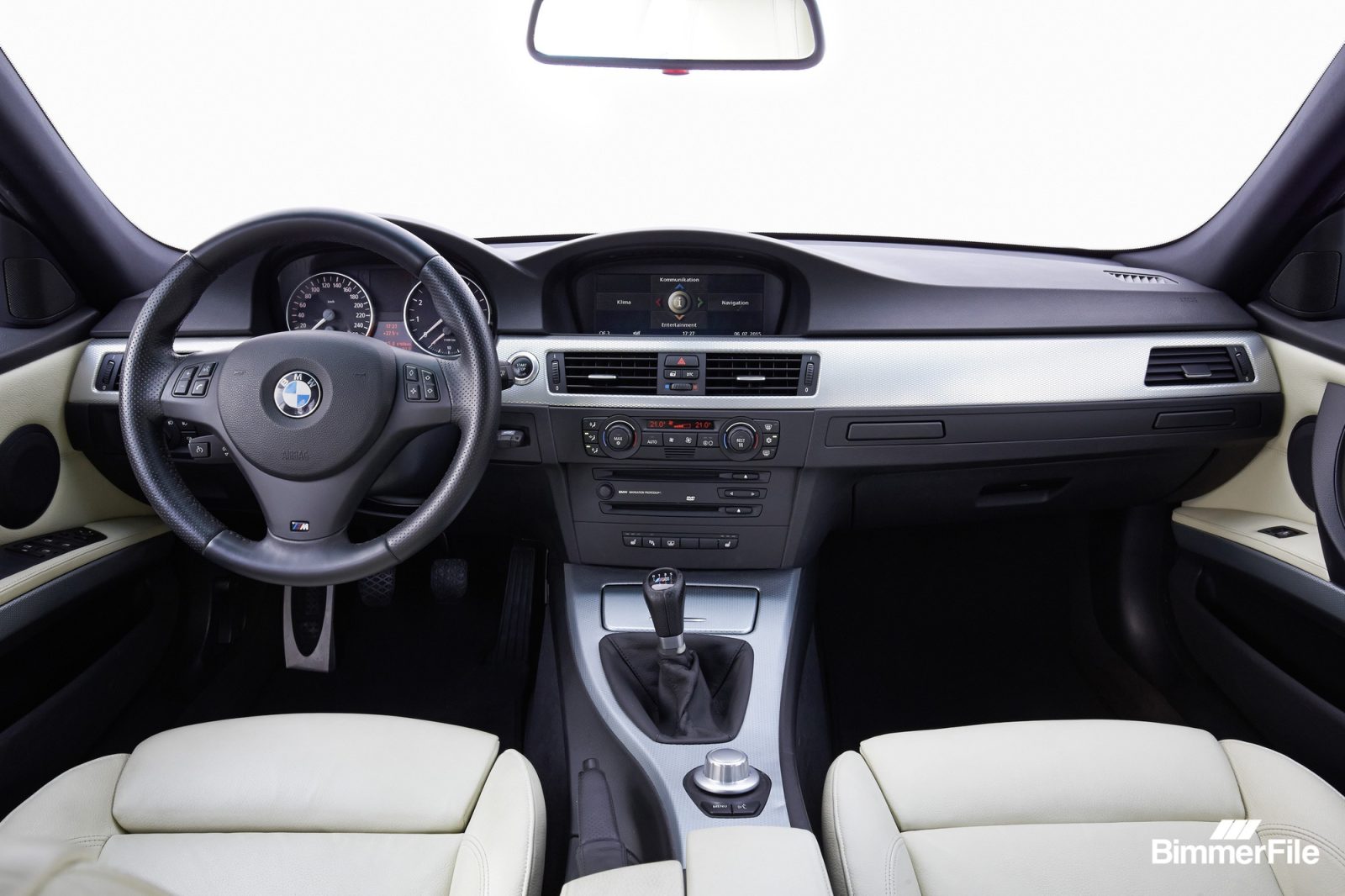
In 2005 the E90 ushered in “EfficientDynamics.” Magnesium-block sixes, twin-turbo power, brake-energy regeneration, and stop-start tech all arrived years before rivals caught up. It also gave us the first folding-hardtop Convertible and the V8-powered E92 M3 with its carbon-fiber roof.

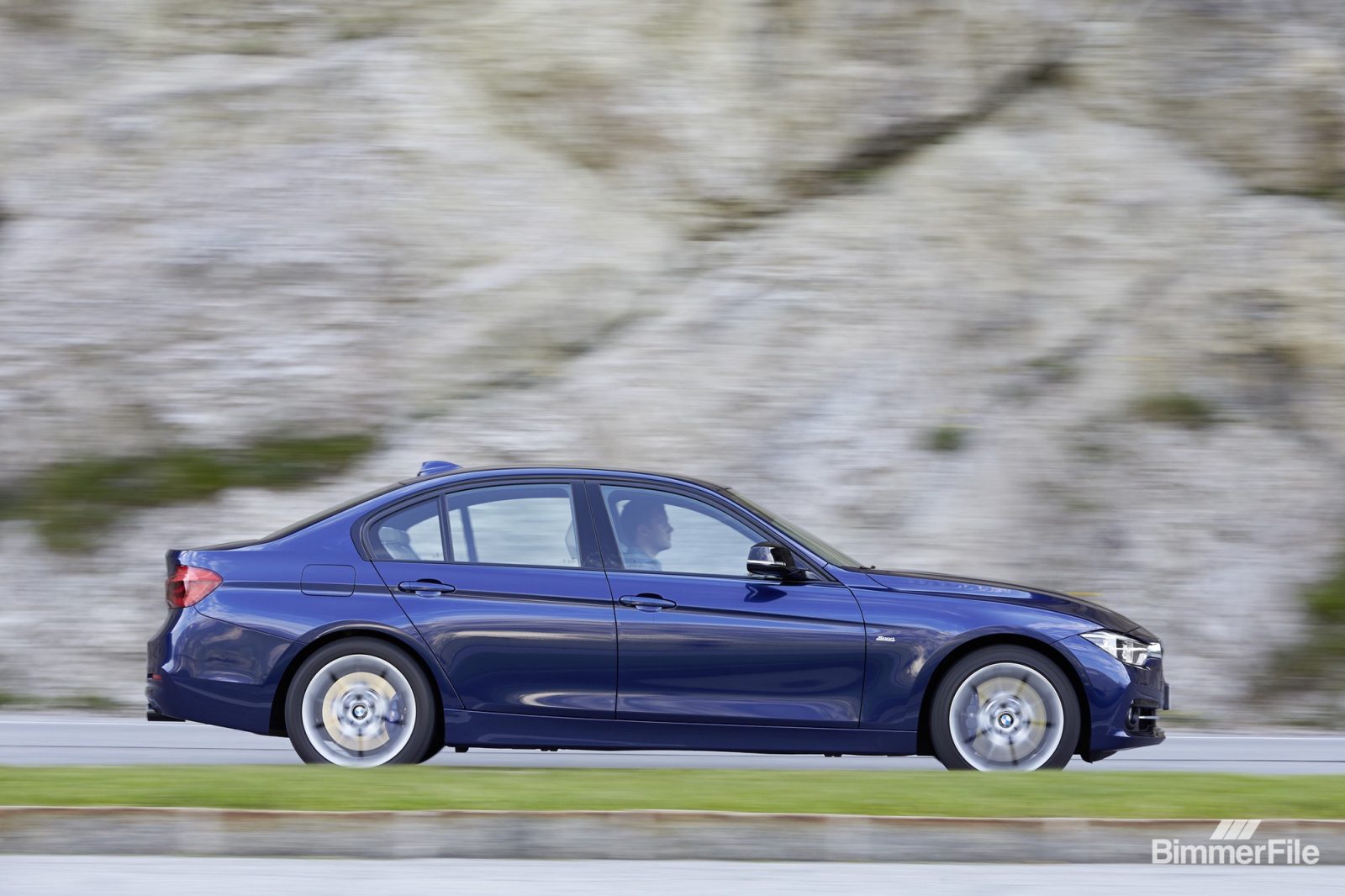
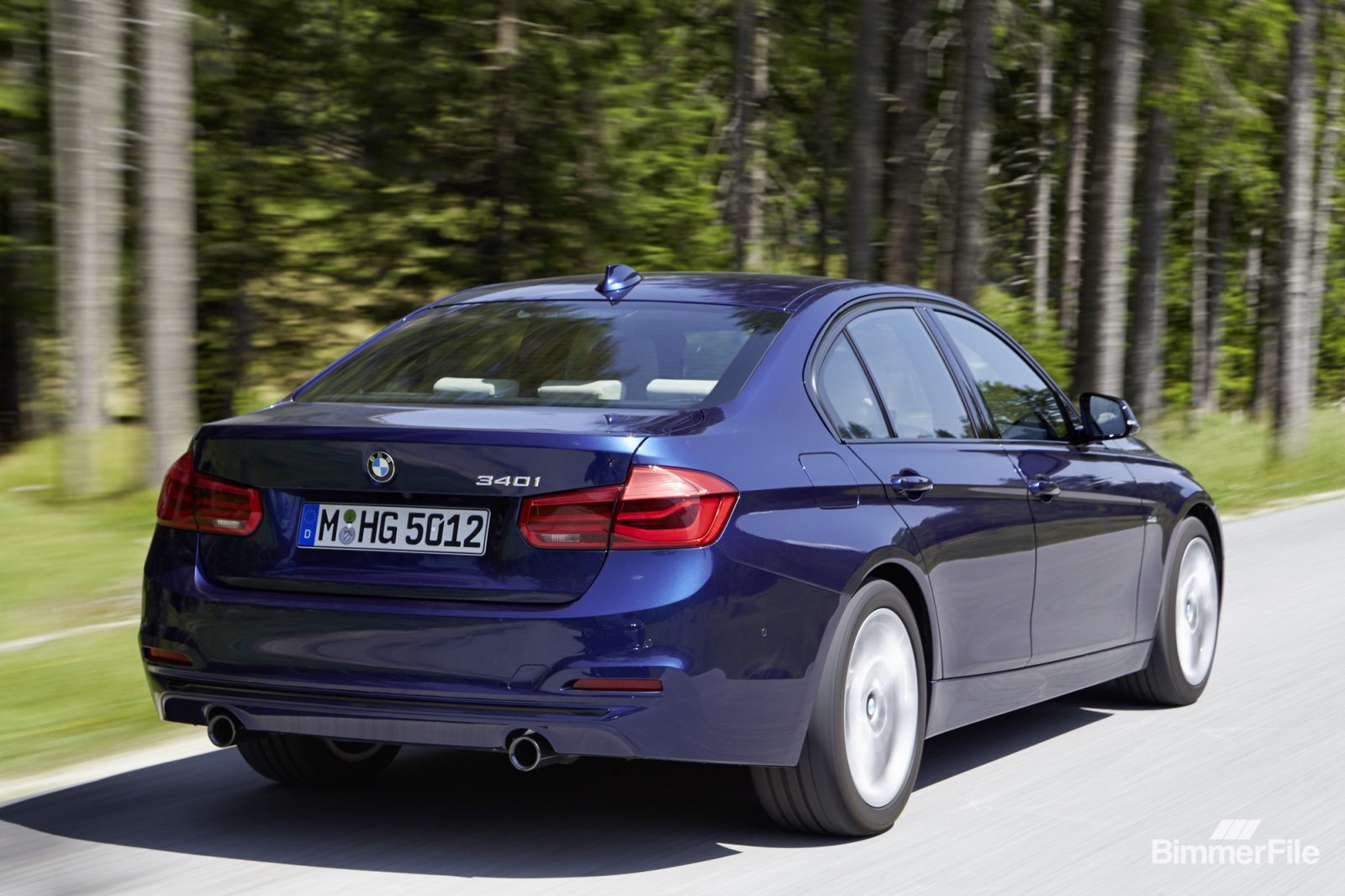
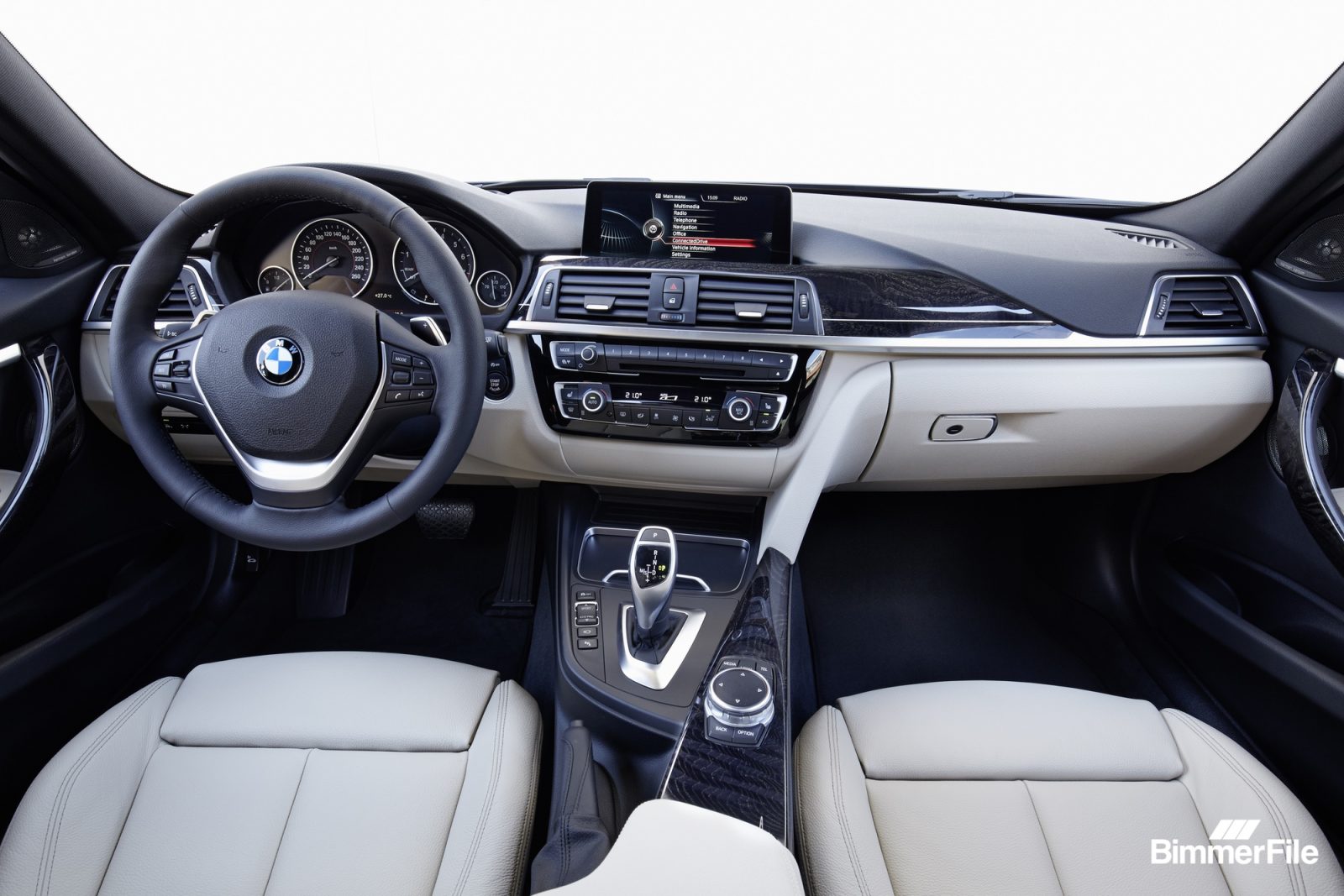
The 2012 F30 split the family: the sedan and wagon stayed 3 Series; the Coupé and Convertible became the 4 Series. Turbocharging became standard, an eight-speed ZF auto appeared, and later a plug-in hybrid proved that electric assistance and old-school balance can coexist.




Today’s G20/G21 (launched 2019, refreshed 2022-24) keeps the tradition alive. A slick 0.23 drag coefficient, curved dual-screen dash with iDrive 8.5, and powertrains from mild-hybrid diesels to a 374-hp M340i and a 330e plug-in with up to 100 km of electric range. Stroke-dependent dampers smooth the ride, while the car can even back itself out of a tight spot by replaying its last 50 meters in reverse. Blue-sky tech made fun.
While it misses the manual transmission that all other 3ers have had, the G20 still has some of that same magic that we saw in the E21 all those years ago. It may be bigger and heavier, but there’s still an enthusiast quality to the car as we found in our most recent review.
The numbers tell part of the story: more than 20 million sold over seven generations. But the magic is in how every 3er—whether a humble 316 or a carbon-roof M3 Touring—delivers that same clear steering feel, balanced chassis, and grin-inducing energy. Fifty years on, the benchmark is still the benchmark, proving that progress is great but progress you can enjoy on a winding road is even better.